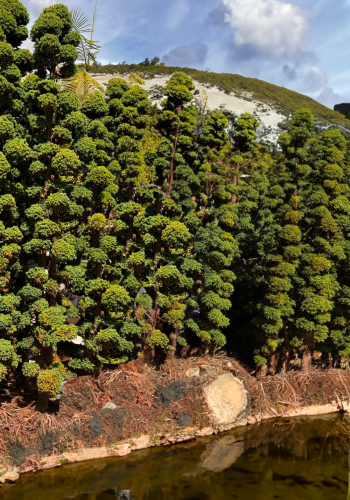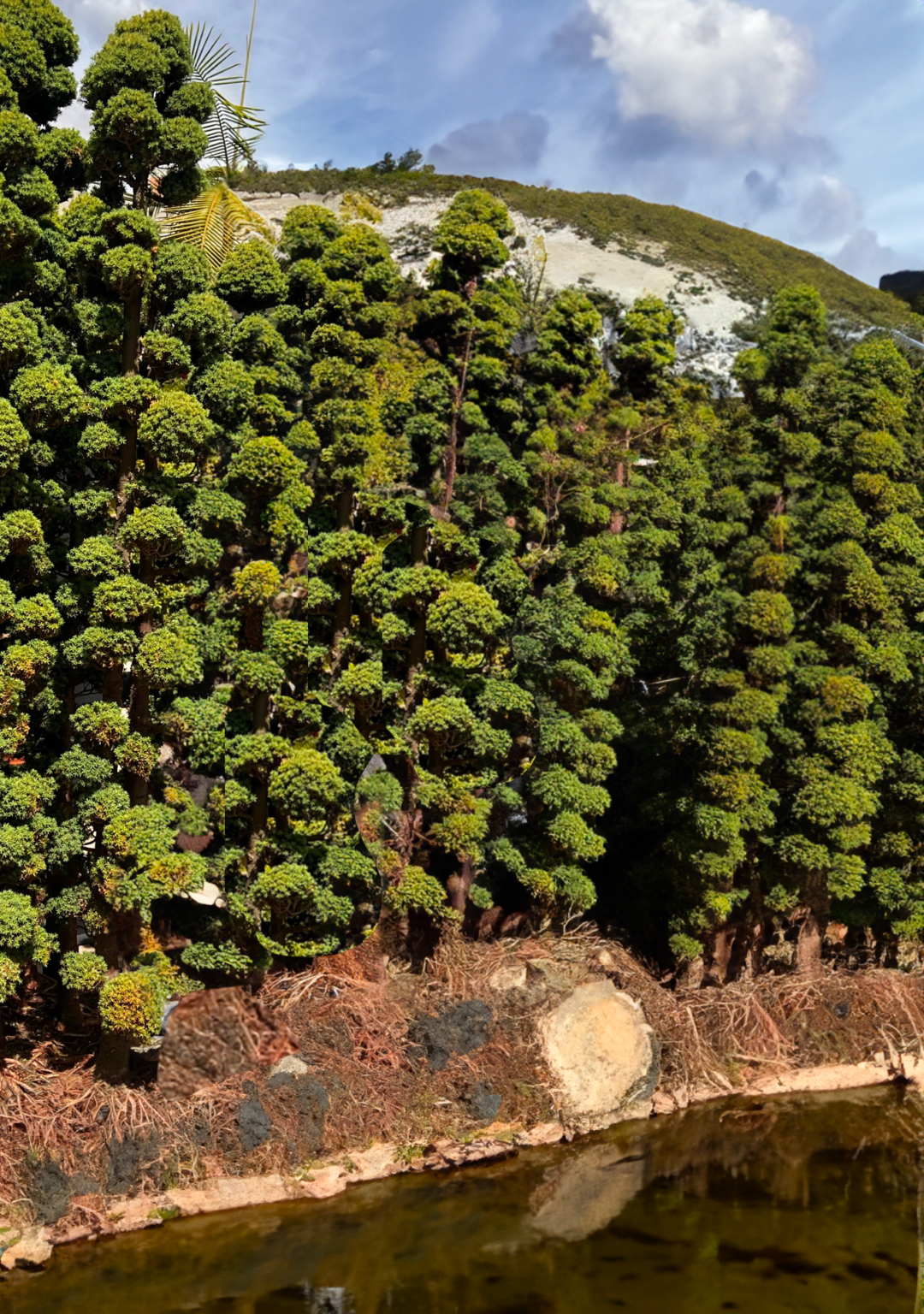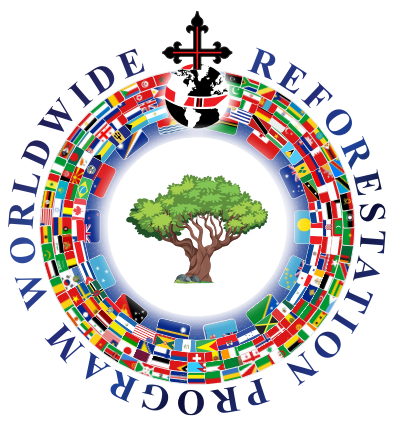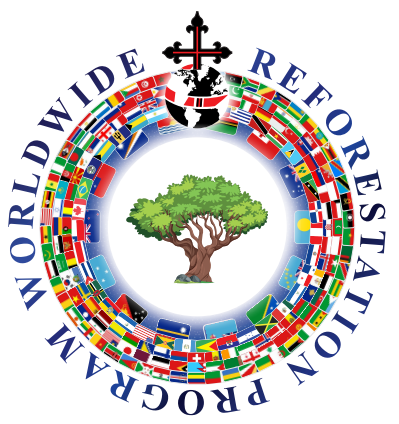Forest development from the Equatorial line for the whole world.

The construction of our guidelines was nurtured with the results of the interviews conducted with different actors during the 17 visits to members of PFp Chain in different regions of the equatorial belt. Additionally, contributions from different analyzes of the international forestry sector were considered and the drafts of the consultancies on the value chain of commercial forest plantations and their institutional framework advanced in 2016 by the World Bank’s PROFOR project were used extensively.

Increase the competitiveness of the forest production chain related to commercial forest plantations to obtain wood, food and water in order to recover traditional international markets, meet growing national demand and conquer export markets for wood and its manufactures, while in parallel, care for the environment.
In 2038, the forestry sector of the Equator line is the main engine of rural development and a strategic component of international development. For this, the consolidation of the forest production chain related to commercial forest plantations for obtaining wood, was the cornerstone
The guidelines are made up of three parts:
The Identification of the problem, which summarizes the current situation.
The Directionality of the Policy, which responds to where to align the intervention mechanisms
The Strategic Objectives, which answers the question where to act with intervention mechanisms. For these guidelines, the identification of the problem and the directionality of the policy correspond to the forestry sector, while the strategic objectives focus on the forestry chain related to commercial forest plantations for obtaining wood.

The planning horizon corresponds to the period 2016-2038. By 2038, the forestry sector in tropical countries will have become the main driver of rural development and a strategic component of international development. For this, the consolidation of the forest production chain related to commercial forest plantations for obtaining wood will have been the cornerstone. During the period 2016-2038, the forestry sector will serve as a means of consolidating peace.
The strategic objectives have been organized into four structuring axes:
Productivity and market, Institutionality, Social inclusion and decent work and Environmental Commitment.

Within the framework of the visits, we have identified that within the framework of the Equator line there are approximately 510,000,000 km2 of forest, where our main objective is to carry out immediate tasks where we help improve the quality of life of the people, to that they can have access to drinking water, direct employment and food production for their own consumption by the communities involved and with visions to generate quality products, such as wood and food produced in the region, which will be for export and will contribute directly in the economic development of the equatorial belt and the world. Therefore, our project should be able to affect around 350,000,000 km2, which is the necessary margin for the project to be executed and generate the profits to meet our objectives within the framework of the Forest Production Project.

One of the great advantages of the Equatorial Region is that it has a great wealth of thermal floors and its land is not affected by the seasons, which is a guarantee for the constant development of crops over the years and the progressive construction of the forestry production program.
Fulfilling our objectives, we raise the bet towards a better world, with improvements in the economy, seeking a balance for humanity, guaranteeing a better future for future generations, giving priority to the right to life, caring for water and opening doors to a better education, always encouraging the planting of trees to reduce the carbon footprint and increase the production of oxygen at a global level.

